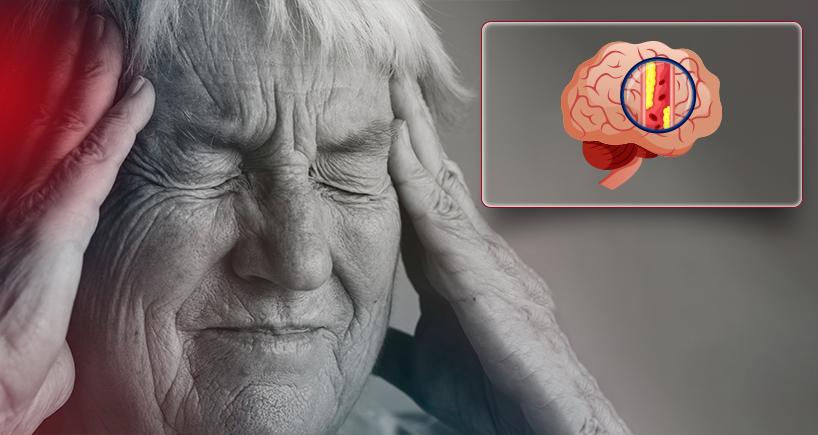
Stenting for Carotid Artery Disease : Why you need a Second opinion in Mohali
An ischemic stroke, often associated with carotid artery disease, is a serious medical condition that demands attention and prompt intervention.
Carotid Stenosis
The carotid arteries, located on each side of the neck (arteries in the neck supplying anterior 2/3rd of the brain), are crucial for supplying blood to the brain. When these arteries become narrowed or blocked due to the build-up of fatty deposits or plaques, it significantly increases the risk of a stroke.
Risks and Causes:
The primary risk factor for carotid artery stenosis is atherosclerosis, a condition characterized by the accumulation of fat and calcium in the arteries. These plaques cause narrowing of the artery leading to reduced flow to the brain. Sometimes these plaques rupture, leading to clot formation, which may then travel to the brain, causing a blockage and subsequent stroke. Factors such as smoking, high blood pressure, diabetes, and high cholesterol contribute to the development of carotid artery disease.
Symptoms of Blocked Carotid Artery
Many people don’t have symptoms of carotid artery disease in its early stages. As the condition advances, the most common first sign of carotid artery disease may be a transient ischemic attack (TIA), also called a mini-stroke. For some people, a stroke is the first sign of any problem.
- Sudden Numbness or Weakness: Typically, on one side of the face, arm, or leg.
- Sudden Trouble Speaking or Understanding Speech: Difficulty forming words or comprehending spoken language.
- Sudden Trouble Seeing: Partial or complete loss of vision in one or both eyes.
- Sudden Dizziness or Loss of Balance: Difficulty maintaining coordination and balance.
It's important to note that these symptoms often occur suddenly and may be transient or persist, indicating a medical emergency. If you or someone around you experiences these symptoms, seeking immediate medical attention is crucial.
Diagnosis
- Imaging Tests: CT head with CT angiography or MRI head with MR angiography may be employed to visualize the blood vessels in the neck/brain and identify areas of blockage or narrowing.
- Cerebral / Carotid Angiogram: This specialized test is done to directly see the artery by injecting the contrast/dye in that artery. This test is similar to the coronary angiograms done for cardiac diseases.
Treatment
Two procedures can be used to treat a carotid artery that is narrowed or blocked. These are:
- Surgery to remove plaque build up (Endarterectomy)
- Carotid artery angioplasty with Stent placement
Carotid artery angioplasty and stenting (CAS)
This is a minimally invasive procedure which is done in local anaesthesia. The narrowed area in the artery is opened up with the help of a small balloon (angioplasty) and the involved area is then kept open by placing a metallic tube inside it (stenting).
During angioplasty, since there is a risk of some plaque fragments going into the brain along the blood flow so it is always done in conjunction with either a filter or some kind of distal protection device.
For patients who meet certain eligibility criteria, carotid stenting offers a less invasive approach than carotid endarterectomy, the traditional surgical treatment for carotid artery blockages.
Prevention
Preventing carotid artery strokes involves addressing underlying risk factors. Lifestyle modifications such as quitting smoking, maintaining a healthy diet, regular exercise, and managing conditions like diabetes and hypertension play a crucial role in reducing the risk of carotid artery disease.
Clogged Arteries in Brain
Sometimes the problem lies in the brain arteries instead of the neck. Clogged arteries in the brain, is known as intracranial atherosclerotic disease or ICAD or cerebral artery atherosclerosis. It pose a significant health risk as they can impede blood flow to the brain, leading to a range of neurological complications. Atherosclerosis is a generalised condition characterized by the build-up of plaque on the inner walls of arteries, causing them to narrow and become less flexible. When this occurs in the arteries supplying blood to the brain, it can result in severe consequences. This is usually manged with medical therapy, however if the symptoms are not settled angioplasty and stenting inside the brain always remain a viable option to permanently treat this condition.
Categories
Clear allMeet the doctor

- Neurointerventional Radiology | Neurointerventional Radiology
-
20 Years
-
850











